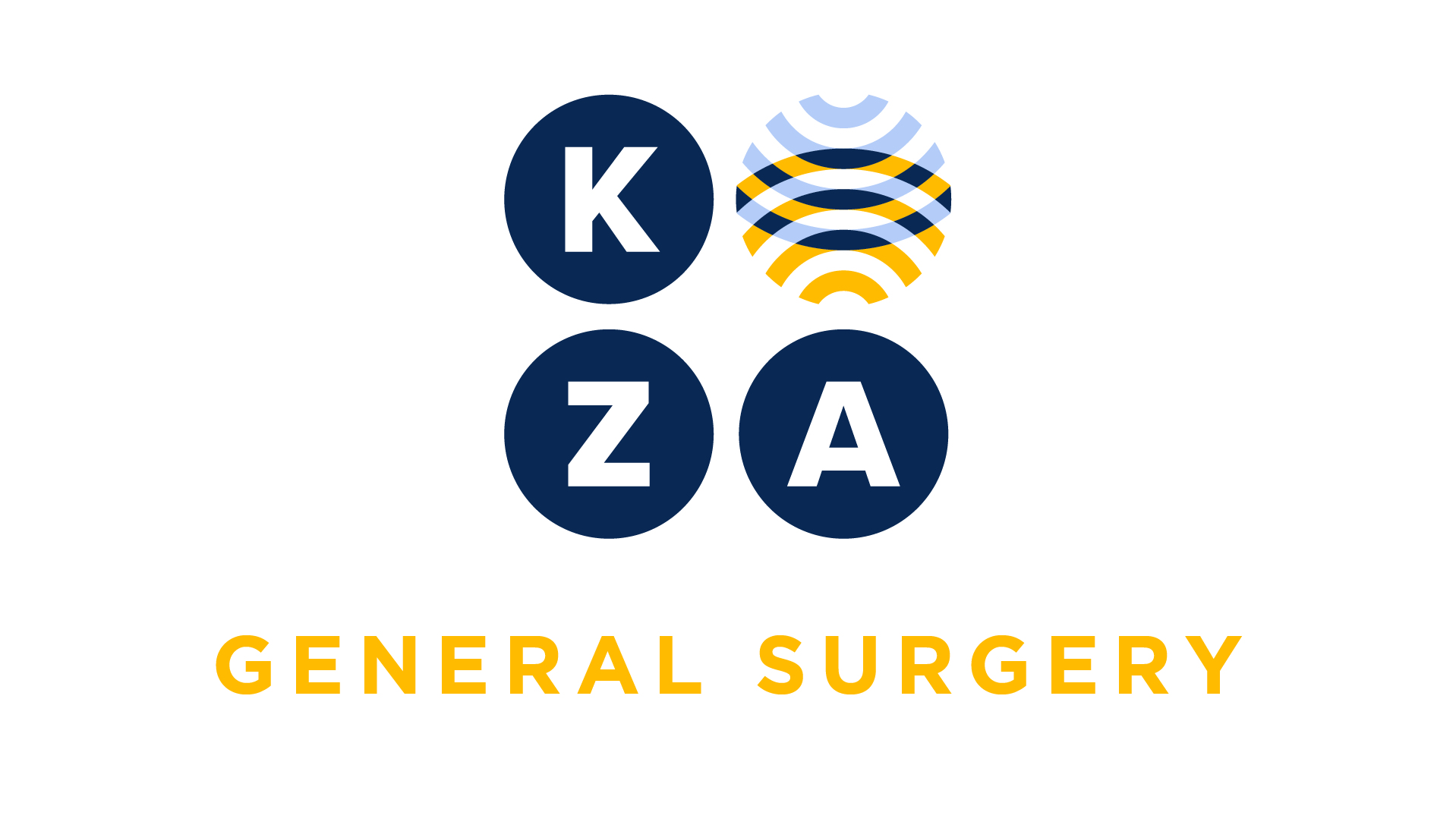
Choose your specialty from the list below to see how our experts have tackled a wide range of client questions.
Looking for something specific? Utilize our search feature by typing in a key word!
Billing for Pre-Op H&P Visit
Hospitals require that we do an H&P within 30 days of taking a patient to the OR. If this visit is more than 48 hours prior to surgery, is that a billable visit?
Question:
Hospitals require that we do an H&P within 30 days of taking a patient to the OR. If this visit is more than 48 hours prior to surgery, is that a billable visit?
Answer:
No, the H&P in this case is not a billable visit. This question comes up often and was addressed by AMA CPT Assistant in the following excerpt:
“If the decision for surgery occurs the day of or before the major procedure and includes the preoperative evaluation and management (E/M) services, then this visit is separately reportable. Modifier 57, Decision for Surgery, is appended to the E/M code to indicate this is the decision-making service, not the history and physical (H&P) alone. If the surgeon sees the patient and makes a decision for surgery and then the patient returns for a visit where the intent of the visit is the preoperative H&P, and this service occurs in the interval between the decision-making visit and the day of surgery, regardless of when the visit occurs (1 day, 3 days or 2 weeks) the visit is not separately billable as it is included in the surgical package. Example: The surgeon sees the patient on March 1 and makes a decision for surgery. Surgery is scheduled for April 1. The patient returns to the office on March 27 for the H&P, consent signing, and to ask and clarify additional Question:s. The visit on March 27 is not billable, as it is the preoperative H&P visit and is included in the surgical package.”
Source: AMA CPT Assistant, May 2008/Volume 19, Issue 5, pp. 9, 11
CPT says once the decision is made to proceed with surgery the subsequent visits related to the procedure (e.g., doing H&P, getting consent form signed, answering Question:s) are included. However, in some cases a patient may be a candidate for a surgical procedure but has a number of medical issues (such as cardiac disease and asthma) that require a medical evaluation to determine if he/she is healthy enough for surgery. After the patient has had a “medical clearance” he/she returns to you to review the medical doctor’s evaluation and you at that point decide to proceed with surgery. This visit can be billed as an E&M visit as the decision for surgery is just now being made.
*This response is based on the best information available as of 04/27/17.
Coding Laparoscopic Resection
My doctor performed a laparoscopic resection of a pancreatic lesion. Can this be coded with the open code, since there is no laparoscopic code?
Question:
My doctor performed a laparoscopic resection of a pancreatic lesion. Can this be coded with the open code, since there is no laparoscopic code?
Answer:
CPT says that if there is not a code that describes specifically what was performed, you must use an unlisted code.
Since there are no laparoscopic codes for resection of a lesion of the pancreas, you would report 48999, unlisted code, pancreas. For setting a fee, you can compare the work to the most similar open code, 48120-48160. And remember, if a code does not specifically say “laparoscopic” in its description, it is intended as an open code only.
.*This response is based on the best information available as of 02/02/17.
Coding a Colectomy with Diverting Ileostomy
How is a partial colectomy with diverting ileostomy coded? The partial colectomy codes say “with colostomy”.
Question:
How is a partial colectomy with diverting ileostomy coded? The partial colectomy codes say “with colostomy”.
Answer:
Thank you for asking. We have recently revised the recommendation for this procedure based on new information. It is appropriate to use codes that say “with colostomy” (for example, 44141, 44146, 44208) when a diverting ileostomy is performed instead of a colostomy. When these codes were originally valued the codes were valued foreither acolostomy or an ileostomy.
*This response is based on the best information available as of 01/19/17.
CPT Coding for Converting to an Open approach
My doctor started a laparoscopic cholecystectomy that had to be converted to open due to significant adhesions. He documented both approaches and the laparoscopic approach took significant…
Question:
My doctor started a laparoscopic cholecystectomy that had to be converted to open due to significant adhesions. He documented both approaches and the laparoscopic approach took significant time before he had to convert to open. Can both be billed?
Answer:
Unfortunately, no. Whenever a “closed” procedure (laparoscopic, arthroscopic, endovascular) is converted to an open procedure only the open procedure may be reported. If a significant amount of time was spent attempting the closed procedure, and this is documented, a 22 modifier for increased procedural services may be appended to the open code. Don’t forget to add the appropriate diagnostic code to indicate the conversion. See the appropriate diagnosis codes below.
- Z53.31 Laparoscopic procedure converted to open
- Z53.32 Thoracoscopic procedure converted to open
- Z53.33 Arthroscopic procedure converted to open
- Z53.39 Other specific procedure converted to open
*This response is based on the best information available as of 10/27/16.
Billing for Bravo Placement
How do I bill for the Bravo placement? I’m coding an EGD with 43235 and the Bravo code, 91035 but getting denied.
Question:
How do I bill for the Bravo placement? I’m coding an EGD with 43235 and the Bravo code, 91035 but getting denied.
Answer:
Great question and one that came up at a recent ACS coding course! First, if endoscopy is performed to evaluate the underlying problem, this is coded as a diagnostic EGD endoscopy, 43235. If something therapeutic is performed during the endoscopy, for example a biopsy, the appropriate therapeutic endoscopy code would be reported. The Bravo capsule code, 91035 Esophagus, gastroesophageal reflux test with mucosal attached pH electrode placement, recording, analysis and interpretation, should be reported and the date Bravo capsule is removed a few days after placement. Also, if an EGD for diagnostic or therapeutic purposes was done previously and already diagnosed the problem, it would not be appropriate to report it with a subsequent Bravo placement.
*This response is based on the best information available as of 09/01/16.
Coding Lymph Node Excision, Biopsy and Lymphadenectomy
During a lumpectomy, if the results of an axillary lymph node excision and biopsy (38525) lead to an axillary lymphadenectomy (38745), are both codes reported in addition to 19301, the…
Question:
During a lumpectomy, if the results of an axillary lymph node excision and biopsy (38525) lead to an axillary lymphadenectomy (38745), are both codes reported in addition to 19301, the lumpectomy?
Answer:
No, a lumpectomy with a deep axillary lymphadenectomy is reported with a single code, 19302, Mastectomy, partial (e.g., lumpectomy, tylectomy, quadranectomy, segmentectomy); with axillary lymphadenectomy. This code is valued for the lumpectomy and the axillary lymphadenectomy. The excision of lymph nodes for biopsy, 38525, is not separately reported as it is included in the total lymphandectomy.
*This response is based on the best information available as of 06/23/16.

